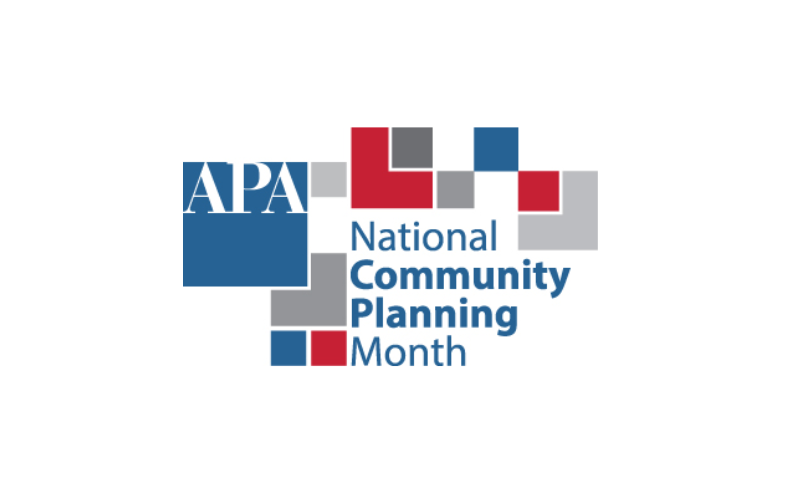Every year, the Federal Emergency Management Agency (FEMA), in partnership with the National Planning Association (NPA), observes October as National Community Planning Month. Its purpose is to identify long-term, equitable solutions that reduce risk from natural hazards such as wildfires, droughts, and floods. For 2023, FEMA is highlighting hazard mitigation planning for tribal communities.
Tribal governments are an important and unique member of the family of American governments. They, as explained by the National Congress of American Indians (NCAI), provide multiple programs and services, including social programs, first responder services, education, workforce development, and energy and land management. They also build and maintain a variety of infrastructure, including roads, bridges, and public buildings. Such governmental programs, services, and infrastructure are best protected through hazard mitigation.
Hazard mitigation planning is key to breaking the cycle of disaster damage, reconstruction, and repeated damage from natural disasters. In fact, the National Institute of Building Sciences (NIBS) now estimates that on a national average, natural hazard mitigation saves $4-$11 in avoided future losses for each $1 invested. This number is up from an estimated $6 from previous years.
A well-developed, federally approved, and formally adopted hazard mitigation plan provides numerous critical benefits to the communities they serve. Among those specific to tribal governments are the abilities to:
- Increase education and awareness of threats, hazards, and vulnerabilities
- Build partnerships for risk reduction involving government, organizations, businesses, and tribal members
- Identify long-term, broadly supported strategies for risk reduction
- Align risk reduction with other objectives
- Identify implementation approaches that focus on the greatest risks and vulnerabilities
- Connect priorities with potential sources of funding
Hazard mitigation planning, as expressed by FEMA, is most effective when it’s coordinated with other plans, processes, policies, and decisions, as well as being part of a community’s long-term strategy for resilience. As of this post from BOLDplanning, a division of Agility, the federal agency is updating its tribal mitigation planning policy. It plans to complete the update in 2024.
Don’t let National Community Planning Month pass your state, local, tribal, or territorial government by. Take this opportunity to reflect on its efforts to build and protect critical infrastructure and to ensure the continued health, safety, and welfare of its citizens.






